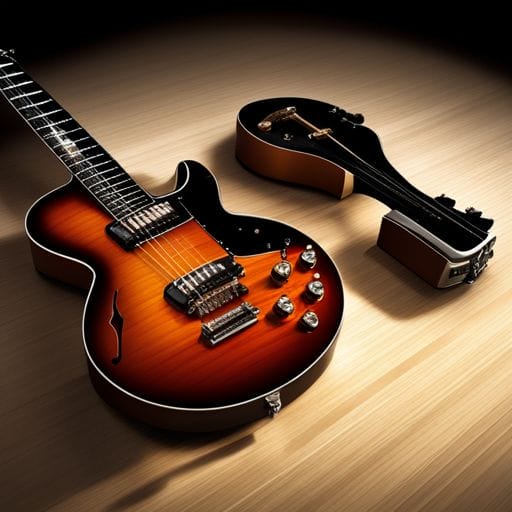Mixing Guitars: Getting Great Electric and Acoustic Guitar Sounds

How does the mixing process differ between electric and acoustic guitars?
When it comes to mixing guitars, a delicate balance must be struck to ensure that each element of the mix complements the others. From the subtle characteristics of an acoustic guitar to the powerful vibes of an electric guitar, understanding how to appropriately mix these two distinct sounds can make or break a song. This guide will lend you a better understanding on how to achieve great electric and acoustic guitar sounds in your mixes.
Understanding The Fundamentals
Before delving into specifics, grab a basic understanding of the fundamental distinctions between acoustic and electric guitars. Acoustic guitars generate sound through natural resonance, while the sound emanating from electric guitars is the transformed signal of vibrating strings passing through a magnetic field. This key difference changes how you approach mixing them.
Electric Guitars: Dealing With Distortion and Equalization

Electric guitars can contribute exquisitely to a mix if handled correctly. Use equalization(EQ) to highlight the guitar’s unique body and scoop out frequencies that interfere with vocals or other instruments.
One critical factor of an electric guitar in a mix is distortion. Successful usage can give the guitar a dense, gritty sound, however, improper application can lead to muddiness. Ensure that the distortion doesn’t make your guitar track compete with other elements in the mix.
Acoustic Guitars: Creators of Ambience and Maintainers of Rhythm

In contrast to the formidable presence of an electric guitar, an acoustic guitar often serves to add depth and ambience to a mix. As acoustic guitars operate on natural resonance, a clean, crisp recording is vital to capture all their tonal nuances. Additionally, equalization can help you target problem frequencies and enhance the guitar’s unique tone.
One common use of the acoustic guitar in a mix is rhythmic reinforcement. It can provide a solid rhythm to a track and supplement other rhythm segments ingeniously.
Mixing Techniques
After addressing the peculiar traits of both guitars, let’s discuss some valuable mixing strategies to achieve a balanced and full mix.
- Panning: Use this method to allocate guitars their space in the mix. You can hard pan two rhythm guitars to create a wide stereo spread.
- Delay and Reverb: These tools can help to create a sense of space around your guitars in the mix, as they can be used to give a ‘far’ or ‘near’ effect.
- Compression: This helps in maintaining a balanced and consistent level of sound, especially useful for rhythm guitars.
By understanding these nuances and applying the right techniques, you can create a mix that makes both your acoustic and electric guitars stand out. Remember, practice is key to mastering the art of mixing!
